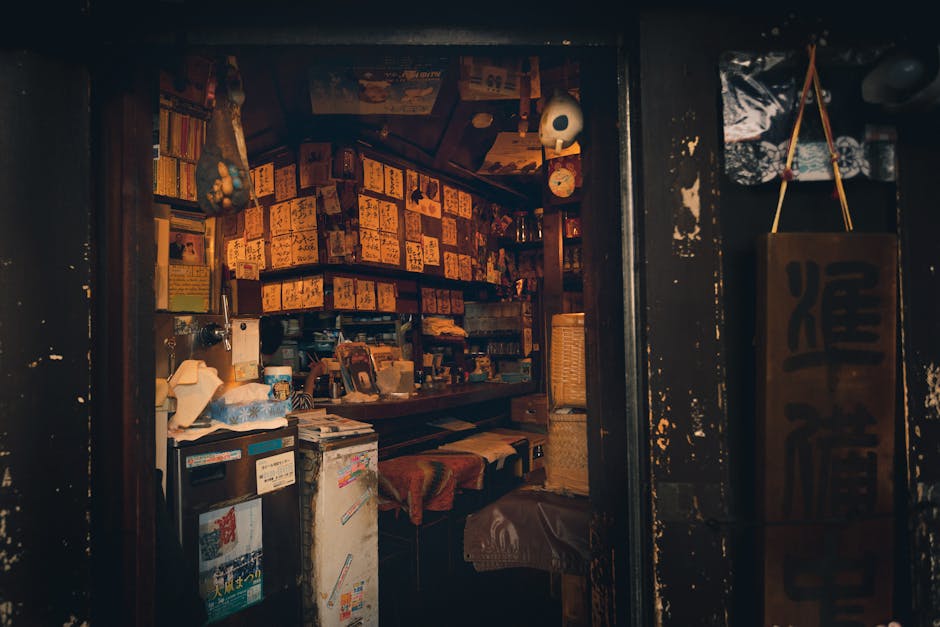
Imagine a time when Japan was a fractured tapestry of warring states, where ambition clashed with betrayal, and the fate of an entire nation hung in the balance. Now, picture that era brought vividly to life, not by a dusty textbook, but by a modern icon. The news that 西川貴教さん (Takanori Nishikawa) is stepping into the role of a 戦国武将 (Sengoku Warlord) as the ambassador for 「戦国ディスカバリー 滋賀・びわ湖」 (Sengoku Discovery Shiga Biwako) through an アンバサダー就任 (Ambassador Appointment) is more than just a celebrity endorsement; it's an invitation to journey back to the heart of Japan's most tumultuous and transformative period.
As a historian, I find this initiative incredibly exciting. Shiga Prefecture, bordering the ancient capital of Kyoto and cradling the vast expanse of Lake Biwa, was far from a quiet backwater during the Sengoku period. It was a crucible of power, a strategic linchpin where empires were forged and shattered. Let us transport ourselves to this dramatic stage.
Shiga: The Crossroads of Power and Ambition
Shiga's geography made it an unavoidable battleground. The passage between eastern and western Japan, as well as the path to Kyoto, inevitably led through its fertile plains and along the shores of Lake Biwa. Control of Shiga meant control over vital supply lines, trade routes, and ultimately, a direct threat or defense of the capital.
Azuchi Castle: Nobunaga's Grand Vision
Perhaps no structure embodies the ambition and revolutionary spirit of the Sengoku period in Shiga more than Azuchi Castle. Perched atop Mount Azuchi, overlooking Lake Biwa, this was not merely a fortress; it was a dazzling statement by Oda Nobunaga, the first of the three great unifiers of Japan. Built in the late 16th century, Azuchi Castle broke all conventions. Its magnificent seven-story main keep, adorned with gold and vibrant paintings, was a symbol of Nobunaga's absolute authority and his vision for a new Japan. It was a palace designed to impress, intimidate, and innovate, boasting a revolutionary design that integrated living quarters with defensive structures like never before.
Nobunaga, a brilliant strategist and a ruthless innovator, used Azuchi as his political and cultural center. He invited merchants and missionaries, fostered new arts, and hosted lavish events, all while consolidating his power. The drama of Azuchi, however, is tinged with tragedy. Just three years after its completion, Nobunaga met his end in the Honnō-ji Incident, and Azuchi Castle was mysteriously burned, its ruins now a poignant reminder of fleeting power and grand aspirations. Its very existence, though brief, fundamentally changed castle architecture and political landscape in Japan.
The Drama of Unification: Hideyoshi and Beyond
Following Nobunaga's demise, his trusted general, Toyotomi Hideyoshi, rose to prominence, continuing the unification efforts. Shiga remained central to his power base. Hideyoshi himself began his rise from Nagahama, a castle town he established on the northern shore of Lake Biwa. This humble beginning for a man who would eventually rule Japan underscores the dynamic opportunities that Shiga offered during these turbulent times.
The Sengoku period culminated in the decisive Battle of Sekigahara in 1600, a conflict that saw former allies turn against each other in a desperate struggle for supremacy. While Sekigahara itself is just outside Shiga, the prefecture was deeply entangled in its aftermath. Castles like Sawayama Castle, the stronghold of Ishida Mitsunari, a loyal retainer of Hideyoshi and a key figure on the losing side, faced fierce sieges and ultimately fell, marking the end of an era. The drama of loyalty, betrayal, and ultimate sacrifice played out across Shiga's landscape.
Hikone Castle: A Legacy Endures
With the establishment of the Tokugawa Shogunate after Sekigahara, peace slowly returned. Yet, Shiga's strategic importance endured. To maintain control over this vital region and protect the new order, Tokugawa Ieyasu, the final unifier, ordered the construction of Hikone Castle. Built between 1603 and 1622, Hikone Castle stands today as one of Japan's best-preserved original castles. Its elegant three-story main keep, intricate defensive structures, and beautiful gardens offer a stark contrast to Azuchi's short-lived glory, symbolizing the enduring peace and stability of the Edo period that followed the Sengoku chaos. Walking its grounds, one can almost hear the echoes of samurai patrols and feel the weight of centuries of history.
Takanori Nishikawa: A Modern Sengoku Warlord
This brings us back to the present. The appointment of Takanori Nishikawa as the ambassador for Sengoku Discovery Shiga Biwako is a brilliant stroke. Nishikawa, a native of Shiga Prefecture, embodies the passionate, charismatic, and powerful spirit often attributed to a Sengoku 武将 (Warlord). His energetic stage presence and deep connection to his home prefecture make him an ideal figure to bridge the gap between contemporary culture and a dramatic past.
He is not just a spokesperson; he is a living, breathing connection to the tenacity and ambition that characterized the historical figures who once walked these lands. Just as the warlords of old sought to inspire and unite, Nishikawa's role is to ignite curiosity and draw people into the rich, complex narrative of Shiga's Sengoku heritage.
Rediscovering History Today
The Sengoku Discovery Shiga Biwako initiative aims to shine a spotlight on these incredible historical sites, from the haunting ruins of Azuchi to the pristine elegance of Hikone Castle. It's about more than just visiting old stones; it's about understanding the human drama, the strategic brilliance, the triumphs, and the tragedies that shaped Japan. It’s about feeling the pulse of history beneath your feet, imagining Nobunaga's vision unfolding from Azuchi, or the desperate struggles at Sawayama. Through this initiative, Shiga invites us to not just observe history, but to experience it, to feel like we've truly traveled back in time to the very stage where these epic stories unfolded.
So, the next time you hear Takanori Nishikawaさんの (Takanori Nishikawa's) powerful voice, remember that he's not just a musician; he's a modern ambassador carrying the torch of Shiga's incredible 戦国 (Sengoku) legacy, inviting us all to discover the drama, strategy, and enduring impact of an era that continues to fascinate and inspire.
Comments
Post a Comment